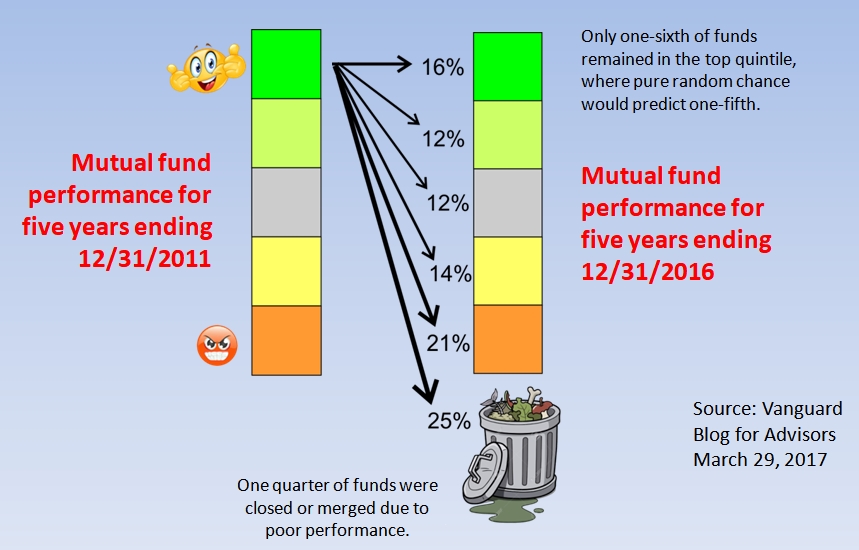NW-Bound
Give me a museum and I'll fill it. (Picasso) Give me a forum ...
- Joined
- Jul 3, 2008
- Messages
- 35,712
I'm currently doing something similar to this for my stock allocation that I explained in the options thread... I buy very long LEAPS as a stock substitute.
And I'm in a dilemma as to how to count it towards my AA... using your example whether to use the notional amount (100 in your example) which is the amount of the investment that I will get appreciation from based on market performance... ot the 25c that I paid for the option (in reality it is more like $9 rather than 25c for a long term option).
SWAN uses a similar strategy... 90% of the fund is in ~10 year UST and 10% of the fund is invested in SPY 12 mo call options... at 6 month intervals so they have half 6 month call options and half 12 month call options.
I never heard of the funds PSLDX and SWAN until this thread. And I have learned something very interesting.
Both hold bonds, and use the bond income to buy stock options. But after that, the two are quite different.
PSLDX states that its goal is to beat the S&P. SWAN's objective is to have some gain in a bull market, while protecting itself in a black swan event. And both funds indeed show behavior and performance consistent with their objectives.
In the crash of 2008-2009, PSLDX lost just as much as the S&P. Since that time, the market has been generally in a bullish mode, and PSLDX indeed beats the S&P. And that's because it uses leverage to get the excess return. And it exhibits higher volatility, which is the price to pay.
On the other hand, SWAN uses option trading to reduce volatility, with the understanding that it may trail the S&P in a hot market.
SWAN's inception was fairly recent in Dec 2018. Hence we would not know how it would do in a bear market. However, the performance in its short life has been decent. It has about the same performance as the popular Wellington with the 60/40 AA. However, SWAN volatility is significantly less. I have to say it's impressive.
If an investor thinks the market will stay in a hot streak, he should buy PSLDX. If he wants to be more conservative, he will like SWAN.
I may get a bit of SWAN myself.
Last edited:

